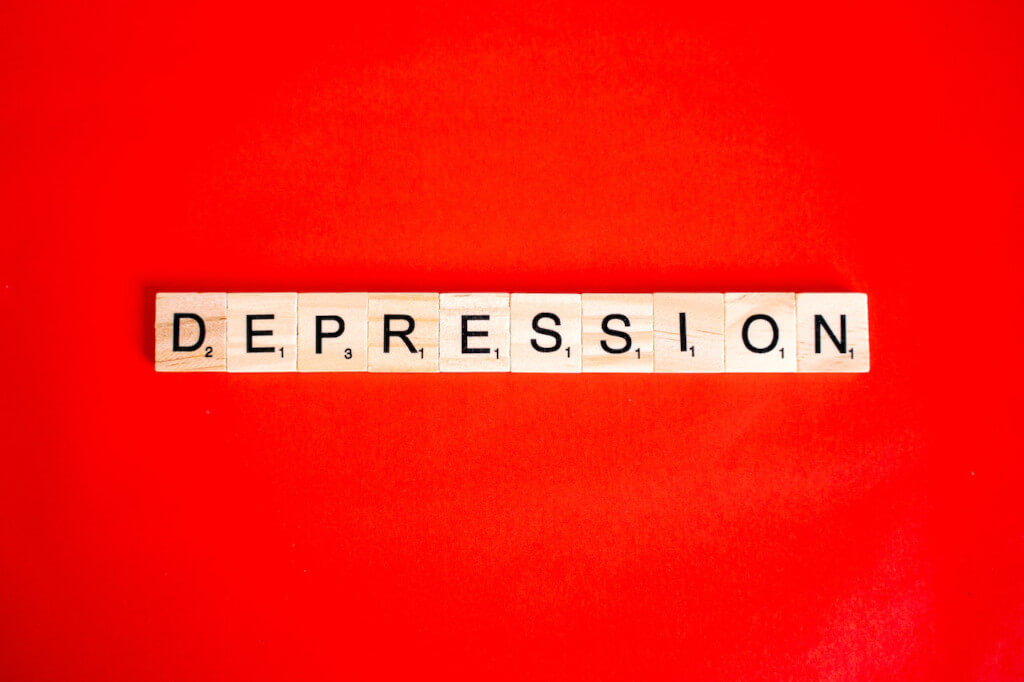At times, everyone experiences feelings of melancholy or being overwhelmed. Depression, on the other hand, is characterized by a persistent sense of hollowness, despair, or an inability to feel pleasure, and it may appear to occur for no apparent reason. It is distinguishable from grieving and other feelings that a person might experience after traumatic events in their life. By the World Health Organization, depression is the primary cause of disability in all countries around the world.
It can strain a person’s partnerships, make it challenging for them to work and keep their health in good shape, and in extreme cases, it can even lead to suicidal thoughts and behaviors. Depression is a factor in almost 40,000 deaths by suicide that occur annually in the United States alone.
Children, teenagers, and adults can be affected. This article explores not only what depression is and what provokes it but also the different types of depression.
Why Do People Feel Depressed?
Depression is a psychological condition that is characterized by ongoing feelings of emptiness, sadness, and loss of happiness. It is not the same as the normal ups and downs in mood that people go through as a natural part of living their lives.
Depression can be triggered by significant life events such as the death of a loved one or the loss of a job. On the other hand, it is not the same as the negative feelings that a person may momentarily experience as a reaction to a challenging event in their life. Depression can cause emotions that are severe, prolonged, and not measurable to a person’s situation. It is often the case that depression continues to exist despite a transformation in a person’s situation.
It is not a temporary issue but rather a persistent one. There are several distinct manifestations of depression, but the major depressive disorder is by far the most prevalent form. It is characterized by periods in which the symptoms persist for a minimum of two weeks at a time. Reliable Reference The symptoms of depression can linger for weeks, months, or even years. It is a chronic disease that, for many individuals, experiences periods of improvement followed by relapses.
Can It Be Treated?
There may not be a solution to depression, but there are treatment options that are very helpful and can aid in the healing process. When treatment is initiated at an earlier stage, there is a greater chance of it being successful. After going through just one bout of depression, some individuals never go through it again in their lives. Some individuals will continue to experience relapses.
After undergoing treatment for their depression, many individuals eventually feel better. However, even with effective therapy, it is still possible to experience a relapse. It is estimated that approximately half of people will not respond favorably to treatment at first. Individuals who are taking depression medications should persist with treatment for as long as their doctor recommends, even after their symptoms have improved or disappeared, to reduce their risk of having a depressive episode again.
Indicators and Manifestations
A variety of mental and physical symptoms, such as the ones listed below, can be brought on by depression.
- Continually depressed mood
- Modifications in appetite and body weight
- A decline in enthusiasm or enjoyment in previously enjoyed hobbies and activities
- Movements that are notably sluggish or agitated
- Decreased energy levels or exhaustion
- Problems falling asleep or staying asleep,
- Extreme feelings of guilt or unworthiness
- Trouble concentrating or making choices
- Irritability
- A preoccupation with one’s demise, with or without a suicide attempt
If a person exhibits five of these symptoms simultaneously for two weeks, a medical professional might diagnose them with depression. Other symptoms, such as mood swings, restlessness, severe pain, headaches, and gastrointestinal problems, can be brought on by depression as well.
Different Kinds of Depression
There are many different manifestations of depression. The following are a few of the more typical varieties:
Severe Depression
An individual who suffers from severe depression is almost always in a miserable mood. They may keep losing interest in activities that they used to look forward to. Medication and talk therapy are the two most common forms of treatment.
Recurrent Depressive Disorder
Recurrent depressive disorder, which is also referred to as dysthymia, is characterized by symptoms that continue for at least two years. An individual who lives with this disorder may have periods of severe depression in addition to milder symptoms that don’t fulfill the criteria for severe depressive disorder. This is because this disorder affects the brain’s chemical balance.
Postpartum Depression
Some new mothers go through a brief period of melancholy or intensified emotions after giving birth; this period is sometimes referred to as the “baby blues.” In most cases, this clears up anywhere from a few days to several weeks after it first appears.
Postpartum Depression, or Postnatal Depression, is More Serious
This specific version of depression can last for several months or even years, and no one cause can be pinpointed as its origin. Anyone who continues to struggle with depression after giving birth is strongly encouraged to seek professional help.
Depression of the Major Depressive Variety With a Seasonal Pattern
This form of depression, which was formerly referred to as seasonal affective disorder (SAD), typically manifests itself in the winter and autumn months, when there is significantly less daylight. Sometimes it will follow other seasonal changes, but this is much less widespread. In the other months of the year, as well as in reaction to light therapy, it improves. Individuals who live in places where winters are especially long or harsh appear to be disproportionately affected by this condition.
What Causes Depression?
The field of medicine doesn’t have a complete understanding of the factors that lead to depression. There is a wide range of possible causes, and symptoms can often be brought on by a confluence of different factors. The following are examples of potential contributing factors:
- Alterations in the levels of neurotransmitters in the brain
- Genetic characteristics
- External factors including exposure to traumatic experiences or an absence of social support
- Social and psychological aspects also play a role
- In supplemental conditions, such as schizophrenia and manic-depressive illness
The threat of depression can be increased by interactions between several different factors. An individual who has a history of depression in their family or who has an inherited risk of developing depression may show symptoms of depression after experiencing a traumatic event, for example. Examples of possible symptoms of depression are as follows:
- A depressed mood
- Decreased interest or enjoyment in activities that an individual formerly enjoyed
- Loss of sex drive
- Shifts in appetite
- Unwanted weight gain or loss
- Irritability
- Anxiousness
- Pacing up and down
- Slowed movement and speech
- Feelings of inadequacy or guilt
- Trouble thinking
- An attempt at suicide

